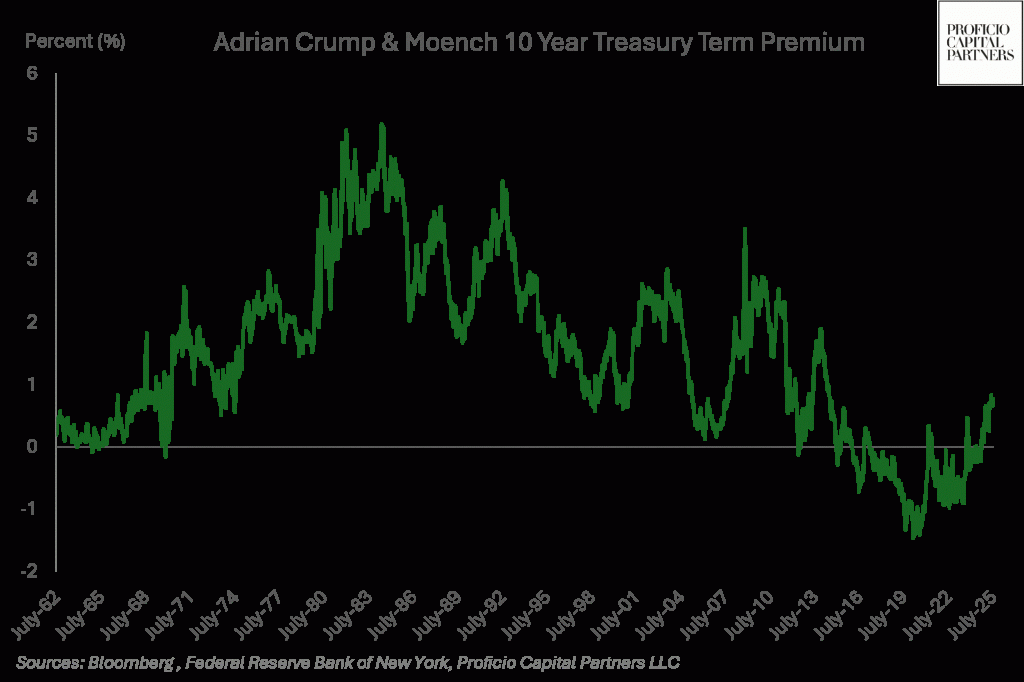As I concluded my last Forbes column (Wall Street’s Tightrope: Why Smart Money Is Fleeing U.S. Assets), I noted , “Short term, the setup is there for a relief rally. The market is deeply oversold, and sentiment is at extremes.” That tactical bounce off the April lows wasn’t just robust—it shocked seasoned investors, myself included. The force and speed of the S&P 500’s rally underscored just how swiftly risk sentiment can turn from caution to euphoria, and reminded us never to underestimate the animal spirits driving this market.
From Strength to Vulnerability
With equities at record highs and nominal growth boosted by legislation like the “One Big Beautiful Bill” (OBBB), it’s tempting to think the cycle can keep running. Fiscal spending, tax incentives, and reforms have all contributed to strong consumer and corporate results. But lurking beneath the surface is a structural risk that could upend equity valuations and market leadership: a renewed surge in the U.S. Treasury term premium.
What Is the Term Premium?
Term premium is the extra return investors demand for holding long-term government bonds rather than rolling short-term debt, compensating for uncertainty about inflation, fiscal policy, and future interest rates. Think of it as the market’s way of saying, “If you want me to tie up my money for a decade or more, pay me for the unknown risks.”
Term Premium Chart: 1960s–2025
From the 1960s through the mid-1980s, the 10-year Treasury term premium was commonly 2–4%, reflecting the high inflation and policy uncertainty of the era. Between the mid-1980s and 2007, the premium receded to an average 1.5–2.5%. After the financial crisis, it plunged toward zero and occasionally negative. As of mid-2025, the premium has rebounded to about 0.75%—but history shows it can go much higher.
How High Could Term Premium Go?
If the term premium were simply to revert to its long-term average of 1.5%, or approach its pre-2008 mean near 2%, that would imply an upside risk of 75–125 basis points on 10-to-30-year Treasury yields from current levels. With deficits large and persistent, and the OBBB amplifying fiscal pressures, the conditions are in place for a further jump. This shift would not only raise discount rates across the capital markets but would also directly pressure valuations—especially for long-duration equities like those dominating the NASDAQ.
Conclusion: Are Markets Prepared?
Equity bulls have plenty to cheer, but they’re paying up for the privilege: according to Ned Davis Research, the S&P 500 trades at 29x trailing GAAP earnings and the NASDAQ Composite now boasts a P/E of 48x. These demanding valuations leave broad markets—especially the NASDAQ—exposed to even a modest move higher in yields. If the term premium continues its ascent back toward historical norms, volatility could spike, and market leadership may abruptly reverse. With risks mounting, investors need to ask: are markets truly prepared for their most important cost of capital to spike higher?

